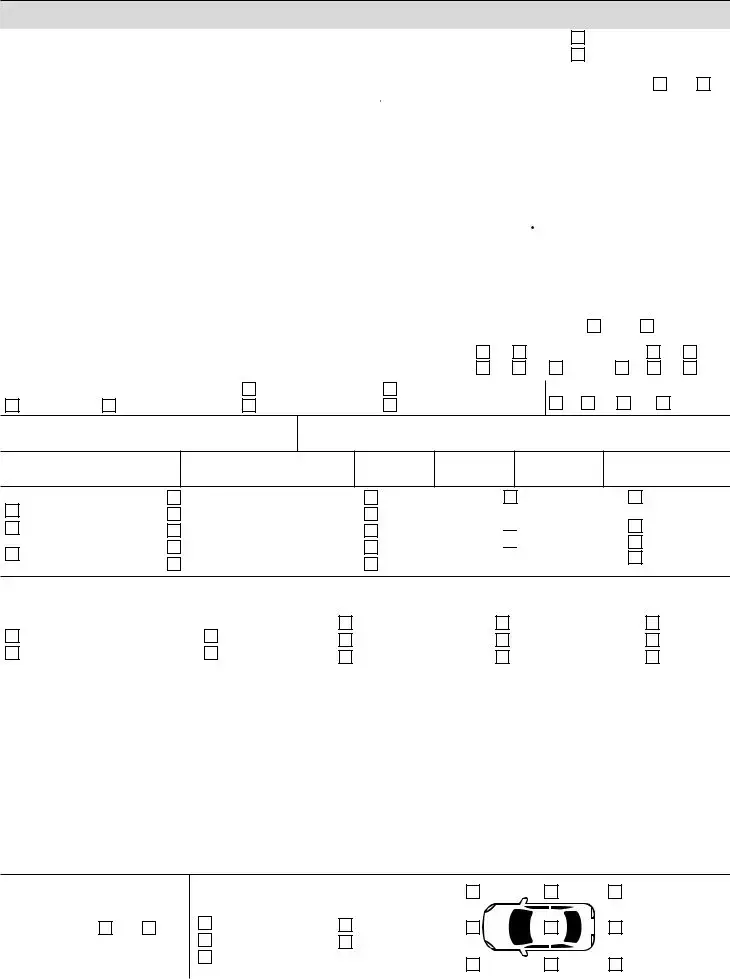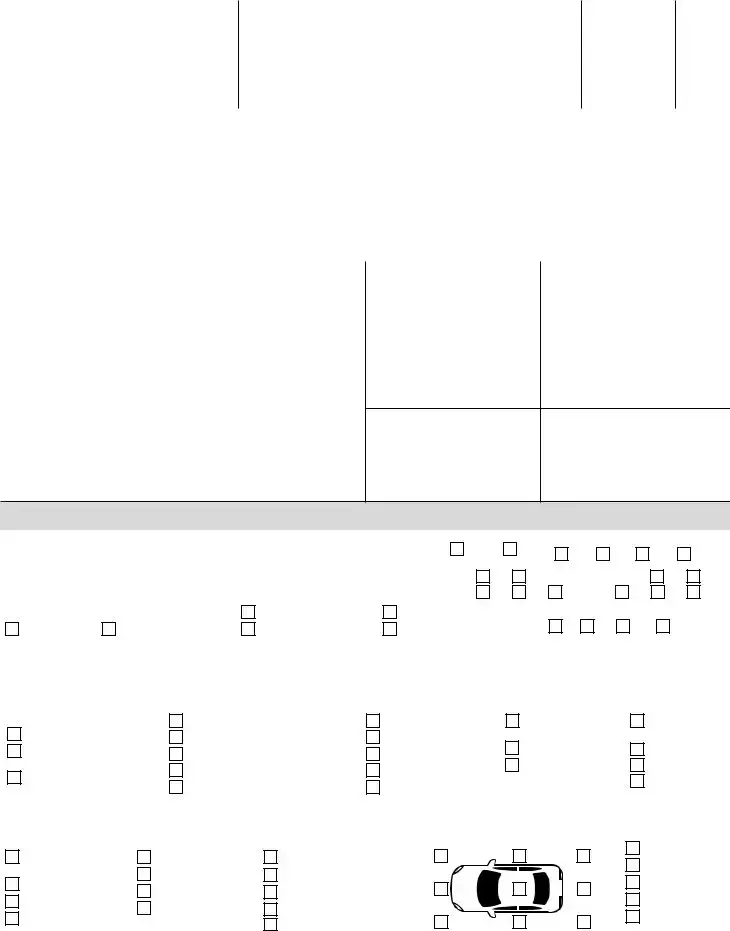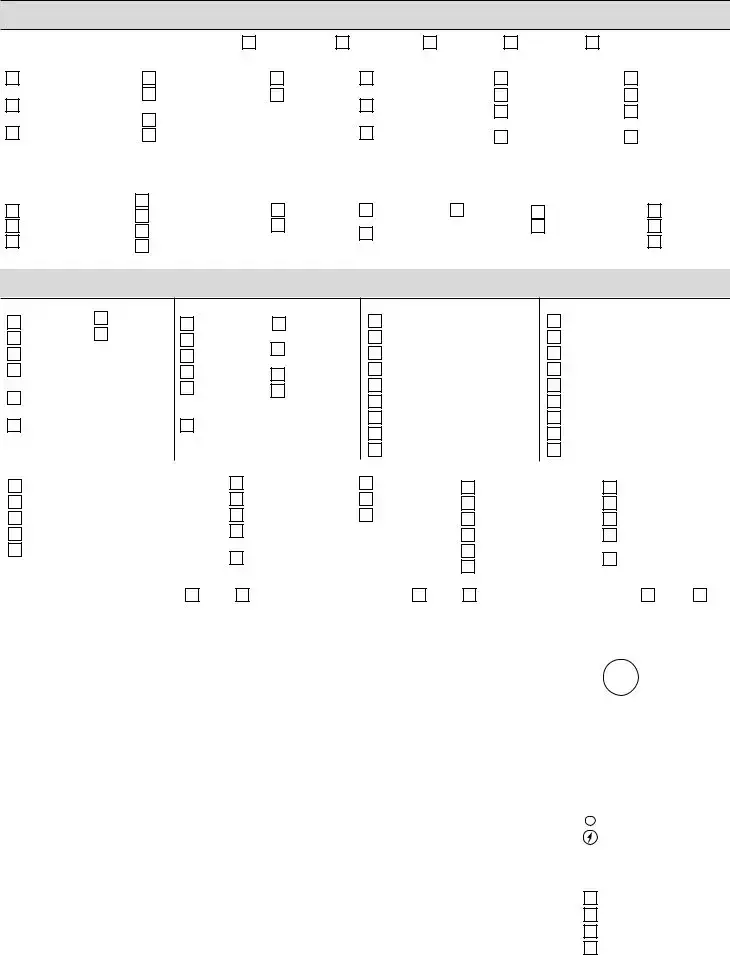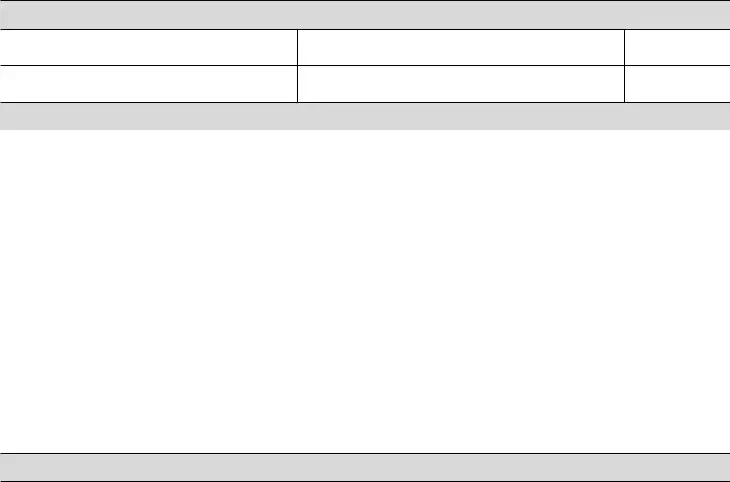When am I required to complete a Massachusetts Vehicle Accident Report form?
You must complete a Massachusetts Vehicle Accident Report form if you were involved in a vehicle crash within the state that resulted in (i) any fatality, (ii) an injury, or (iii) property damage exceeding $1,000 to any one vehicle or property. This form must be filed with the Registrar within five days of the crash, unless physical incapacity prevents you from doing so. Additionally, copies must be sent to the police department with jurisdiction over the area where the crash occurred and to your insurance company.
What should I do if I am unable to complete the report due to physical incapacity?
If you are physically unable to complete the report due to injuries from the crash, the vehicle owner or another individual may complete and file the report on your behalf within the five-day period. It is important to gather as much information about the crash as possible to ensure the report is filled out accurately.
Where do I send the completed Massachusetts Vehicle Accident Report form?
Three copies of the completed form should be distributed as follows: one copy should be mailed or delivered to the local police department or state police in the jurisdiction where the crash occurred, one copy should be sent to your insurance company, and one copy should be mailed to the Registry of Motor Vehicles, Crash Records, P.O. Box 55889, Boston, MA 02205-5889.
What information is required in the Crash Location section of the form?
In the Crash Location section, you need to provide the city or town where the crash occurred, the date and time of the crash, and the number of vehicles involved. You should specify whether the crash happened at an intersection and give detailed information, including official names of locations, streets, route numbers, and landmarks to accurately describe the location.
What if the crash involved damage to property other than vehicles?
If the crash resulted in damage to property other than vehicles, such as fences, buildings, or public infrastructure, details about this property and the extent of the damage should be included in Section I of the form. Remember, a police department must accept a report if another person unlawfully left the scene, even if the vehicle damage does not exceed $1,000.
How should I document the vehicles and passengers involved in the crash?
For each vehicle (including yours) involved in the crash, you need to provide detailed information such as license number, state, vehicle make and model, and the number of occupants at the time of the crash in Section B. For passengers, Section C requires full names, addresses, dates of birth or ages, and seating positions along with safety equipment used and any injuries sustained.
Is a diagram of the crash necessary?
Yes, Section G of the form requires a diagram of the crash. It should include the layout of the roadway or scene, the position and direction of travel of the vehicles involved, and any relevant traffic controls. This helps in visulizing the sequence of events leading to the crash.
What do I do if more than one non-motorist was involved in the crash?
If the crash involved more than one non-motorist, such as pedestrians, cyclists, or skaters, an additional form must be used for each non-motorist involved, completing Section E only. This helps in providing detailed information on each non-motorist's actions and location at the time of the crash.
How do I indicate the cause and conditions of the crash on the form?
The form includes specific codes to describe the cause of the crash, the actions of the drivers and non-motorists, and the conditions under which the crash occurred. These codes help standardize the reporting and ensure clarity when the reports are reviewed by the Registrar, the police, and insurance companies. Select the appropriate codes as instructed in Sections B, C, D, E, and F.



 15 Moped
15 Moped
 16 Low Speed
16 Low Speed

